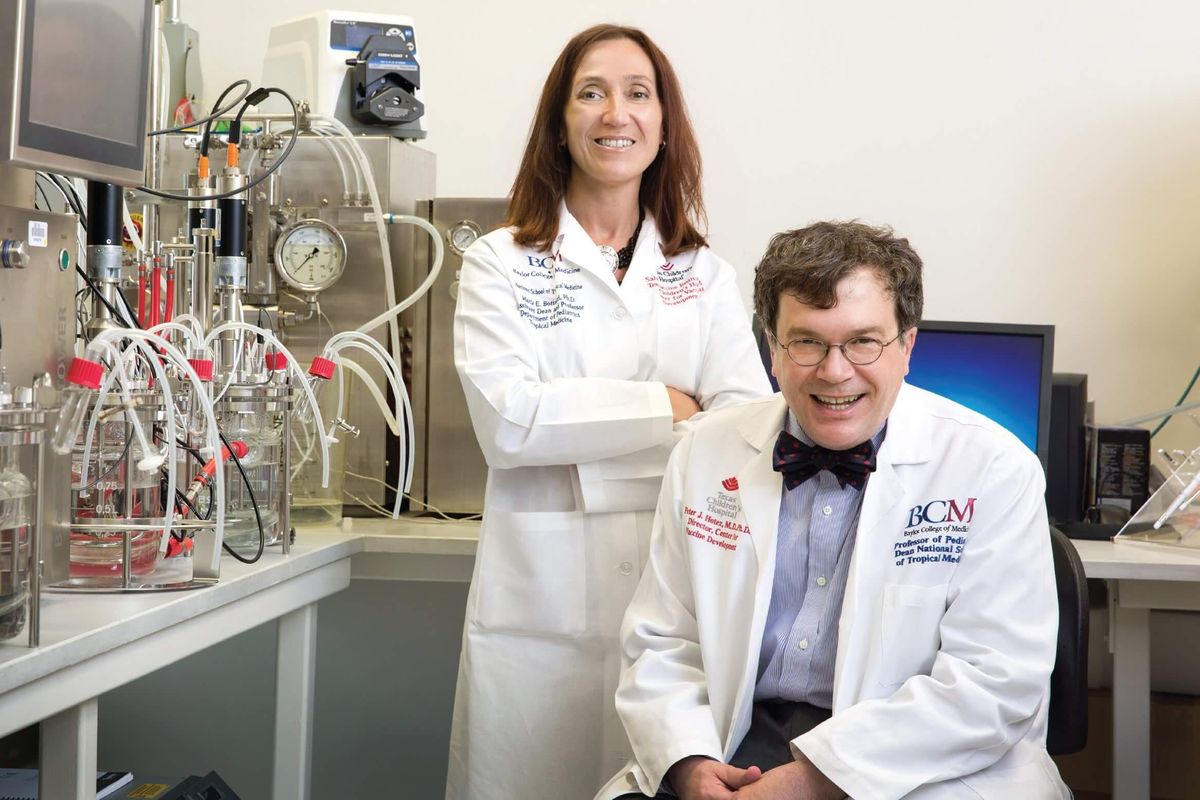University of Houston: Navigating incident reporting in the lab
houston voices
Exploding refrigerator? Chemical splash on the face? These are not just personally devastating lab incidents, they are also expensive.
For instance, awhile back, the University of Hawaii faced a total $115,500 fine for 15 workplace safety violations after a laboratory explosion where a postdoctoral researcher lost one of her arms. Beryl Lieff Benderly wrote in Science that the accident “resulted from a static electricity charge that ignited a tank containing a highly flammable, pressurized mixture of hydrogen, oxygen and carbon dioxide.”
Referred to as “incidents,” they are defined by University of California Santa Barbara (UCSB) in this way: “An incident is an event that results in or causes injury or damage to someone or something, or an event that has the potential to result in or cause injury or damage.”
But when asked which incidents are reportable, the answer is uniform across all research universities: all incidents must be reported.
Incidentally...
There are websites dedicated to laboratory accidents, like this one at UCSB. It lists the two accidents mentioned in this blog’s first sentence. University of Michigan Environment, Health and Safety’s website said, “Being safe at the University of Michigan requires a positive safety culture where we learn from mistakes and near-misses in order to improve and prevent future occurrences. It is vital that you report all ‘incidents’ including near- misses, injuries resulting from your activities, non-compliance with safety and environmental rules, and general unsafe work conditions so that we can learn and grow.” Northwestern University’s website on Research Health and Safety said, “Always report ‘near-misses’ just as you would an incident that causes injury or harm to property.”
Near-missing
You may be asking, what constitutes a “near-miss”? At Western Kentucky University, for example: “A laboratory “near-miss” is an unplanned situation, where with minor changes to time or setting, could have easily resulted in damage or injury to person or property. A near-miss is characterized as having little, if any, immediate impact on individuals, processes, or the environment, but provides insight into accidents that could happen.” Laboratory near misses may cause chemical spills, explosions and bodily injury, but can be treated with first-aid.
Form finding
Most universities have a form to fill out if there is an incident that could have led to a severe injury or death. The form asks for a description of the incident and even asks, in some instances, “Why did it happen?” These should be made out comprehensively and quickly.
OSHA
The Occupational Safety and Health Administration (OSHA) has a reporting process, aside from what each university requires. They need information when you call. The OSHA website states: “Be prepared to supply: Business name; names of employees affected; location and time of the incident, brief description of the incident; contact person and phone number.”
There are even time limits for how quickly one must report a severe injury that requires an in-patient hospitalization, amputation or loss of an eye (24) or fatality.
(It’s eight hours.)
The fact that “losing an eye” is one of just four reasons to contact OSHA, you may wonder, “Are a lot of people blinded in the lab, often?” Also, “Where can I buy safety goggles?”
“Are a lot of people blinded in the lab, often? Also, where can I buy safety goggles?”
The big idea
There are many websites which detail lab disasters. Some are cautionary tales, some are avoidable situations. Just be sure to wear your Personal Protective Equipment (PPE) and be safe out there. Or rather, in there.
------
This article originally appeared on the University of Houston's The Big Idea. Sarah Hill, the author of this piece, is the communications manager for the UH Division of Research.




















